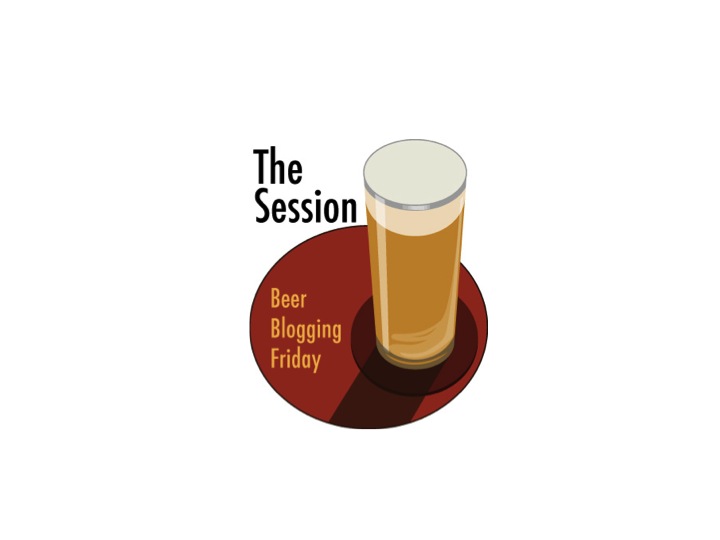
I don’t arrive on a horse. I come with classmates from my beer course in Ghent. It isn’t far. Forty minutes in the car. To a place called Mater.
Nowadays, the Roman brewery sits at the side of a large fairly inconspicuous road outside of Oudenaarde. Back at it’s beginnings in 1545, this was a major road connecting Germany and France and the building was part of a farm called ‘De Clocke’ (‘the Bell’), where travellers were able to stable their horses, rest for the night and enjoy one of the farm brewed beers.
The guy who looked after this stop-over was Mr. Joos Roman. Since that time, a Roman has been in charge. It’s been passed down through the generations, one of the 22 ‘Belgian Family Brewers’. The current managing director of the brewery – Mr. Louis Ch. J. Roman – is the twelfth direct line successor of Joos.
[metaslider id=792]
The brewery itself is a large one with an open courtyard in the middle often used for summer concerts and festivals. It is well kept and the historical machinery sits alongside the modern technology and equipment. A museum room houses brewing equipment from the brewery’s past.
ROMAN BREWERY BEERS
Jasper De Mullier, the Quality Manager for the brewery shows us around the brewery. After the tour, he led us through the evolution of the beers in the old-school bar area.
Ename Cuvée Rouge
The Ename Cuvée Rouge is a variation on Roman’s most well known beer, the Ename Tripel. It’s an amber-ruby ‘winter’ beer with quite some sweetness. Roman’s right to call this a Belgian Abbey beer come from the ruins at nearby Ename which were converted from a medieval fort to a brewing Benedictine Abbey in the eleventh century. Fast-forward to 1990. The Roman brewery sponsored an archeological project establishing a museum on the site. To mark the occasion, they brewed two beers for the first time: a double and triple. The Ename range was born and has gone on to span the Cuvée Rouge among others.
Sloeber
He’s a sloeber. “Do you know what it means?” the Belgians in my class ask when I opt to try Roman’s Belgian strong pale ale. I expected a quick translation. But alas, none. A heated discourse follows among the class about how it might be translated. “He’s a little rascal”. “He’s a naughty boy”. “He’s a cheeky joker”. They don’t reach agreement, but I think I understand. He’s a sloeber.
The beer itself came along in the 1980s at a time of industrialisation within the brewery when new technologies and marketing techniques were being explored. It’s effectively attempting to be a ‘Duvel-Killer’, top-fermented, bottle-conditioned at 7.5% ABV with citrus esters and an effervescent carbonation with perhaps a little bit more sweetness than what the beer which might be its inspiration.
Gentse Strop
You’d think that Gentse Strop (literally ‘Ghent noose’) is brewed in Ghent. You’d be forgiven for thinking this, not only based on the name of the beer, but because the Gentse Strop is the tipple of choice at numerous cultural festivals in the city.
Ghent and Oudenaarde are about 18 miles apart and are united in history through Emperor Charles, whose illegitimate daughter was born in Oudenaarde and the uprising against whom in 1540 earned the city dwellers of Ghent the nickname ‘the noose-bearers’. Indeed, the symbol of a hangman’s noose pervades subtly all across the city. You can see the noose every day on the side of trucks. In the emblems of local societies and clubs. And in their art, sport and literature. Linking the cities with this beer is a strong marketing achievement by Roman brewery.
The beer itself is a top-fermented, bottle-conditioned Belgian pale ale which comes in at 6.9% ABV, an easy drinking Belgian blonde with a medium body and a mildly bitter finish.
Adriaen Brouwer Dark Gold Ale & Adriaen Brouwer Wintergold
Attempting to revive a dark beer that they had brewed previously, Roman brewery launched Adriaen Brouwer Dark Gold Ale in 2003.
Adriaen Brouwer was a Flemish painter from Oudenaarde in the seventeenth century. He was a beer lover and used his drinking sessions in bars around Belgium and the Netherlands to inspire his paintings of human debauchery and drunkenness. Despite his work being well respected and successful during his time, it was this lifestyle that led him to financial ruin before his death at age 32.
The beer named after him is a pleasant one. Reflecting the genre of its namesake, it is classic in appearance a Belgian strong dark ale (8.5% ABV) with sweet, kind of toffee-isa character. It won a gold medal at the European Beer Star Award in 2010.
The Adriaen Brouwer Wintergold is a 2014 brew and pours darker and redder than its Dark Gold Ale cousin. It hides its 10% ABV quite well under some spiciness and Christmas like flavours.
It would be a good beer to order if you had arrived at the brewery on a horse.



